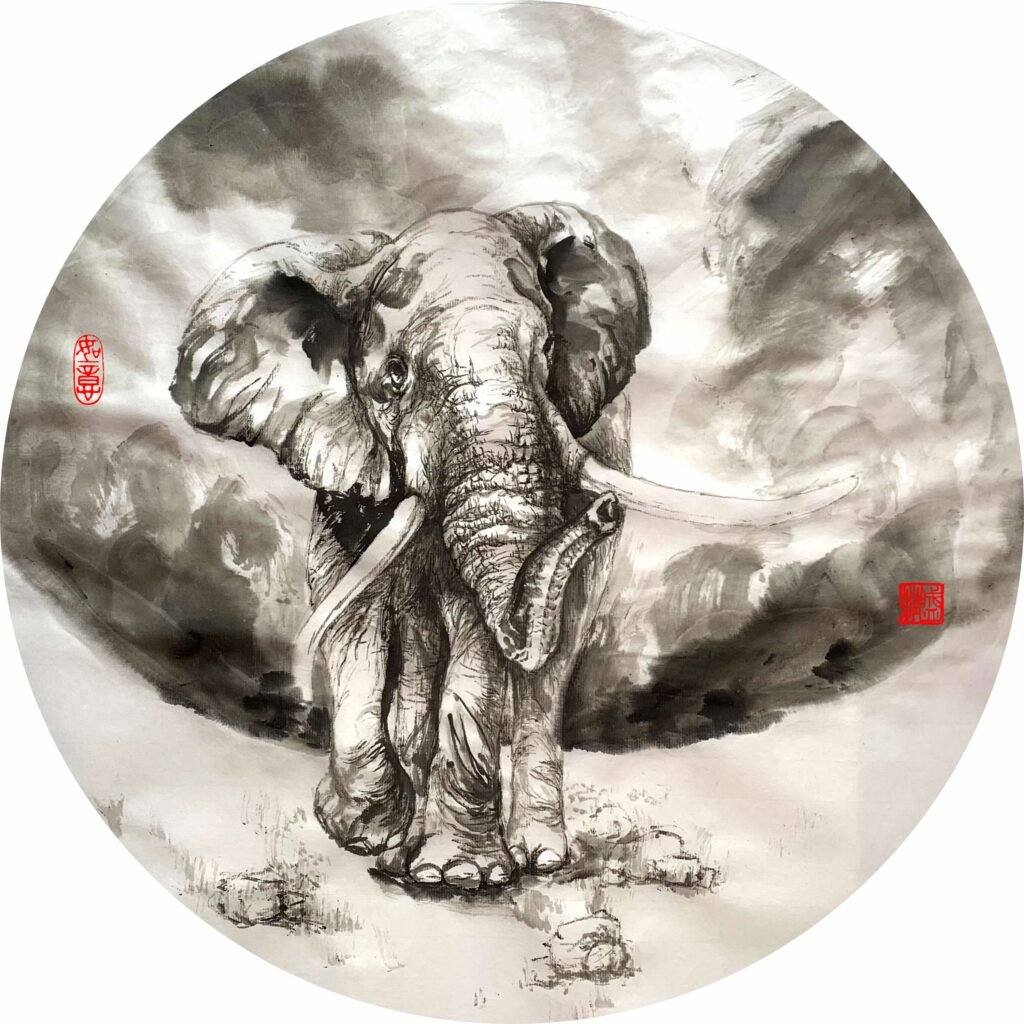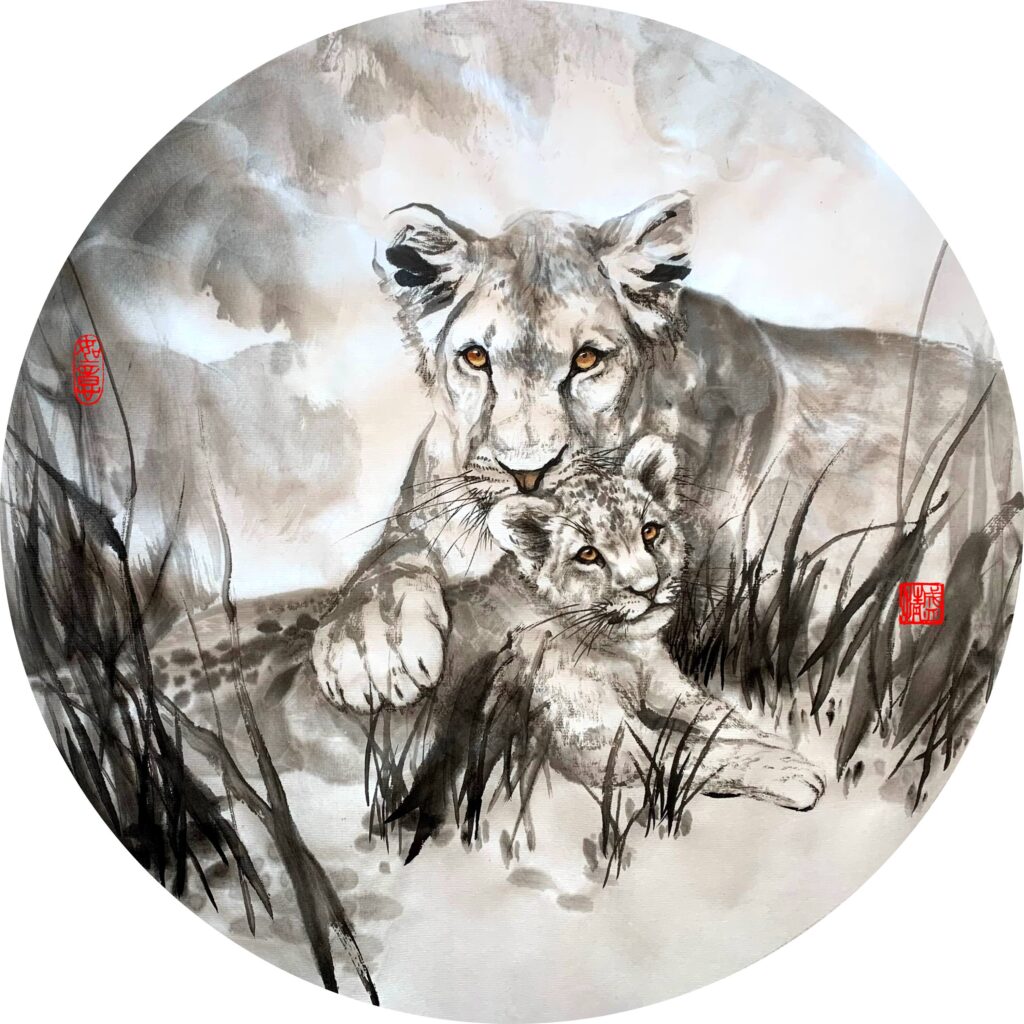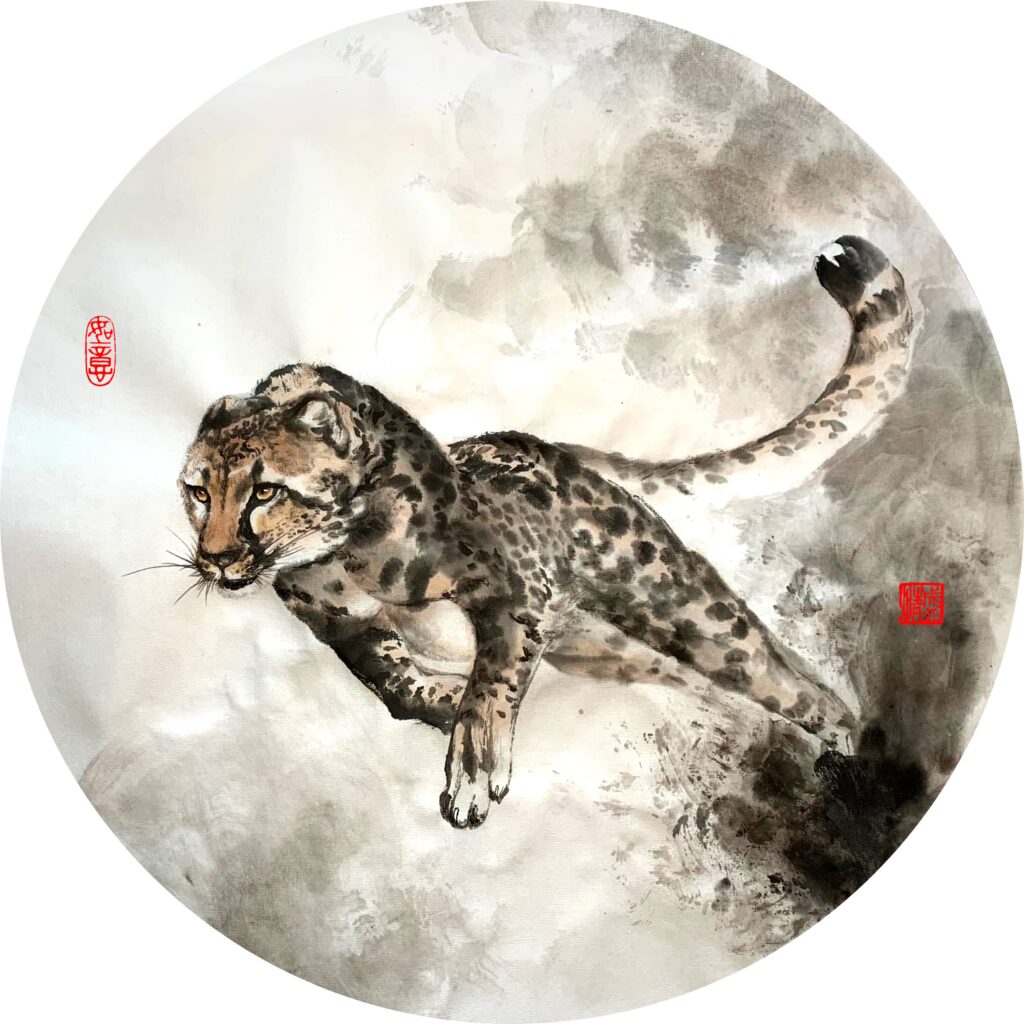I am excited to announce to you that you can now subscribe to our membership to follow in-depth art learning! In the various tiers of the memberships you can receive different awards that are exclusive. One of the projects involve the creation of art syllabus, where I interpret original and important contents from books written in Chinese (such as art theories) and edit related comments and add related images to provide you with simple to understand yet applicable information. There will also be tutorials and audios, providing you with as many perspectives of the oriental art as possible. Below is a sample of our downloadable resource that introduces you to the Chinese Calligraphy.
Each country has its unique scripts, and calligraphy refers to the law of construction of each of the components within these scripts. The calligraphy is a representation of the civilization, when the law of writing wanes, the country cannot be strong. The Chinese education started in the Zhou Dynasty (around 1100BC-771BC). At that time one enters elementary school at the age of 8, and the young pupils study the “six basic skills”, including courtesy, music, archery, driving, calligraphy and mathematic.
The origin story of the Chinese characters is rather legendary. An official (some say a tribe leader) of the Huang Di period (primitive society) Cang Jie (仓颉) was considered the creator of the Chinese characters. He was born with four eyes and great wisdom, allowing him to observe the paw prints of various birds, shell patterns of turtles, landscapes of mountains and waters, palm prints, and analyze the movements of the stars, therefore abandoning the recording of events by tying knots, and creating writing systems. This is a hieroglyph system mainly based on the images of an object, but it has 6 variations and categories. This system has been used since its creation until today. The script that was created during this time was used called Seal Script (篆书), used for over 2,000 years, until the Qin Dynasty (221BC-207BC) unification, where the small seal script was put to use.

[icegram campaigns=”7414″]

One of the reasons for the creation of small seal script was due to the burning of ancient books during the Qin Dynasty. So scholars such as Li Si (李斯) created the small seal script. Around the same period, the Official Script was also formed, facilitating the convenience of writing. Cheng Miao (程邈) was known to be the creator of the official script, marking one of the major transformations of the Chinese writing systems. Today both scripts are alive.
Since the Han Dynasty (202BC-220) the national official examinations included calligraphy as one of the test parameters. These calligraphy scripts included both Seal and Official Scripts and other smaller scripts from the Qin Dynasty (8 in total). In the Tang Dynasty (618-907) an official position was set up for master calligraphers.
Han and Jin (226-420) Dynasties gave birth to 3 more important scripts, the Standard Script (楷书) and 2 Cursive Scripts (行书、草书). The Jin Dynasty in particular was known for its achievements in the calligraphy, but the later periods including Tang and Song (960-1279) Dynasties both produced many great masters. These 3 later scripts are all much more convenient to use than any ancient scripts, which produced another major transformation of the writing system that influences us until today.
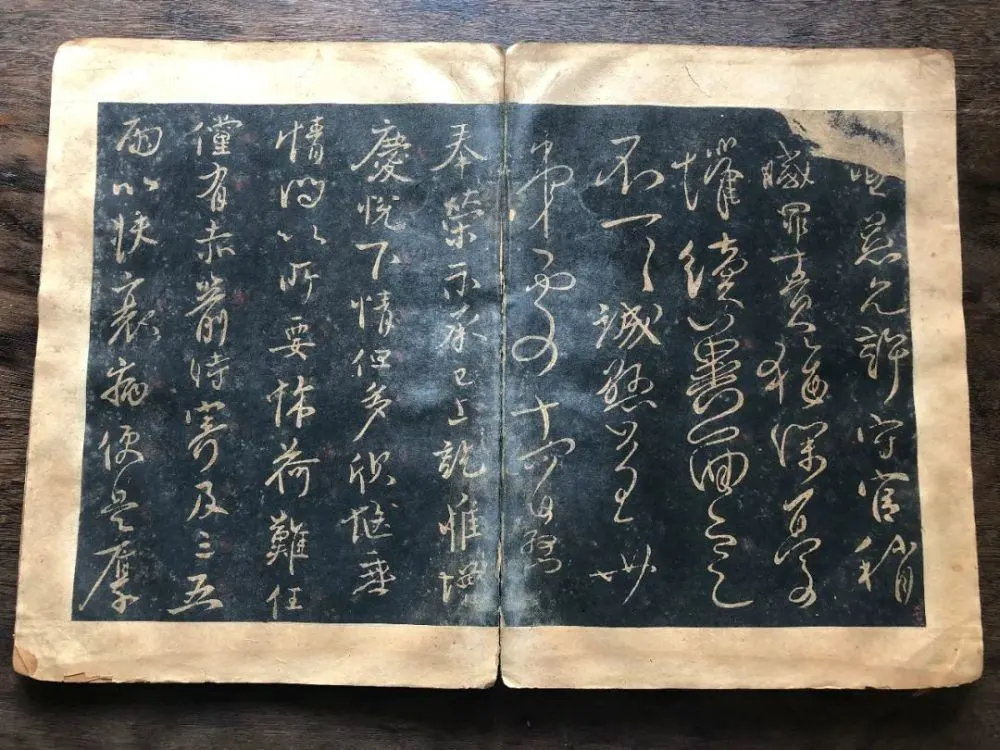
The Yuan Dynasty (1721-1368) introduced Mongolian culture and new scripts into the Chinese land, but the mainstream practitioners continued with tradition. Since the late Tang Dynasty the most important calligraphy “text books” have been carved onto stone or wooden tablets, making it possible to study by later period scholars. The most notable one is called Chun Hua Ge Tie (淳化阁帖), known as the earliest collection of various calligraphers made in such way. There were 10 scrolls in total, collecting over 1,000 years of 420 art pieces from 103 artists and emperors. There are rubbing editions from various periods and a Ming Dynasty (1368-1644) edition even surfaced in an audition in 2019.
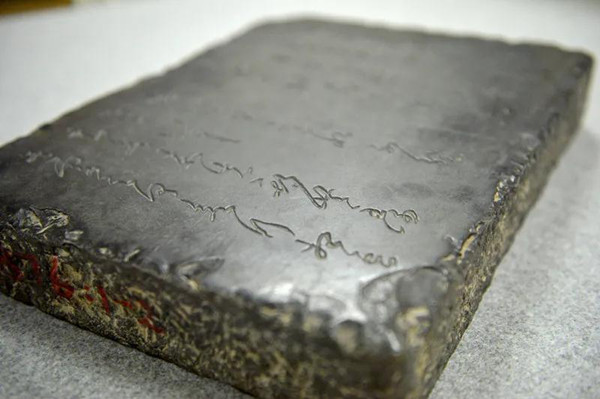
In the Qing Dynasty (1636-1912) the study of stone tablet rubbing scripts from the past became a popular trend, the scholars of this time both went into tradition and strived for innovation. It is unknown where the Chinese calligraphy will go from here on, but it is extremely fortunate that these scripts are still available and being studied today.
Our Courses
-
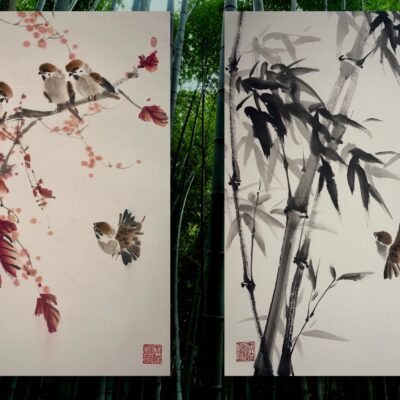 Bamboo & Sparrow Painting Course
Bamboo & Sparrow Painting Course -
 Cat Painting Course
Cat Painting Course -
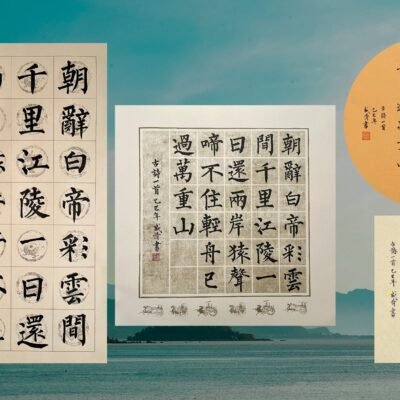 Chinese Calligraphy Regular Script Masterclass
Chinese Calligraphy Regular Script Masterclass -
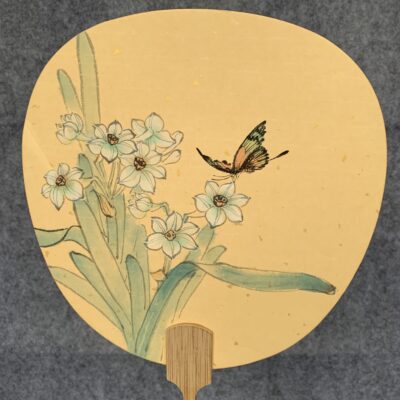 Daffodil & Butterfly Fan Painting Course
Daffodil & Butterfly Fan Painting Course -
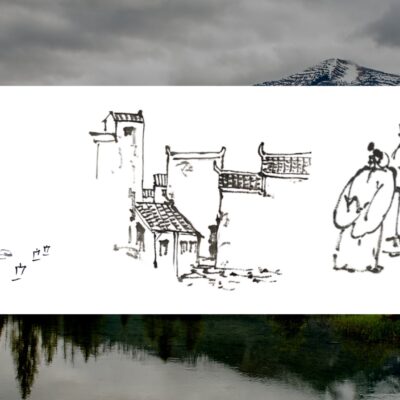 Landscape Scenery Painting Course
Landscape Scenery Painting Course -
 Magpie & Plum Blossom Freehand Painting
Magpie & Plum Blossom Freehand Painting -
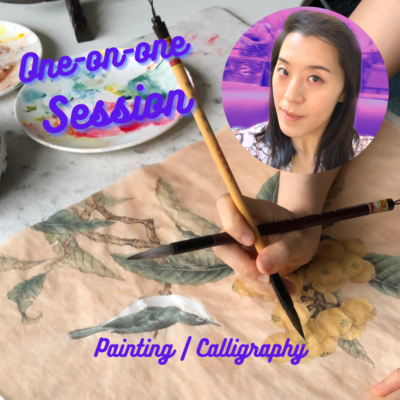 One-on-one Sessions
One-on-one Sessions -
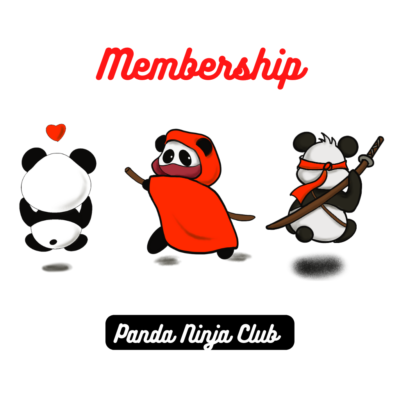 Panda Ninja Ink Art Club
Panda Ninja Ink Art Club -
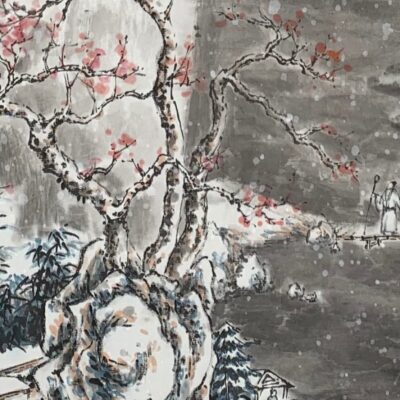 Snow Landscape Painting Course
Snow Landscape Painting Course -
 Gonngbi Painting (1) – Introduction & Lily Flower
Gonngbi Painting (1) – Introduction & Lily Flower -
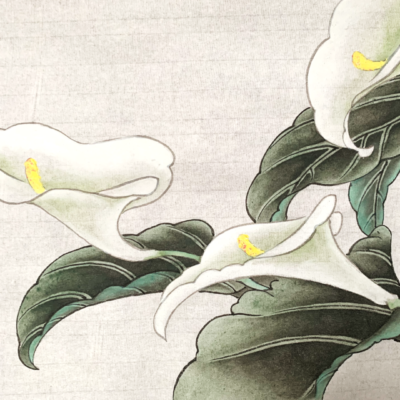 Gongbi Painting (2) – Calla Lily
Gongbi Painting (2) – Calla Lily -
 Gongbi Painting (5) – Camellia Flower & Bird
Gongbi Painting (5) – Camellia Flower & Bird -
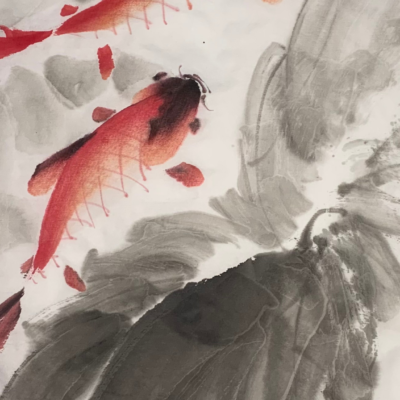 Fish Painting Course
Fish Painting Course -
 Grapes and Bees Painting Course
Grapes and Bees Painting Course -
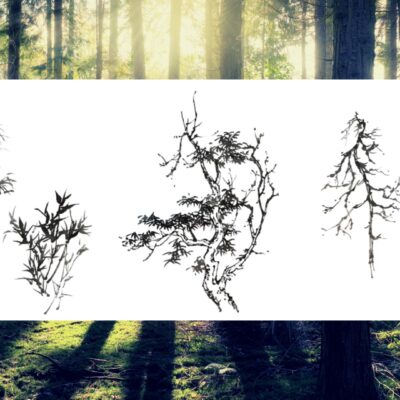 Landscape Tree Painting Course
Landscape Tree Painting Course -
 Chicken Painting Course
Chicken Painting Course
Buy Artworks | Learn Brush Painting | Learn Chinese Calligraphy
